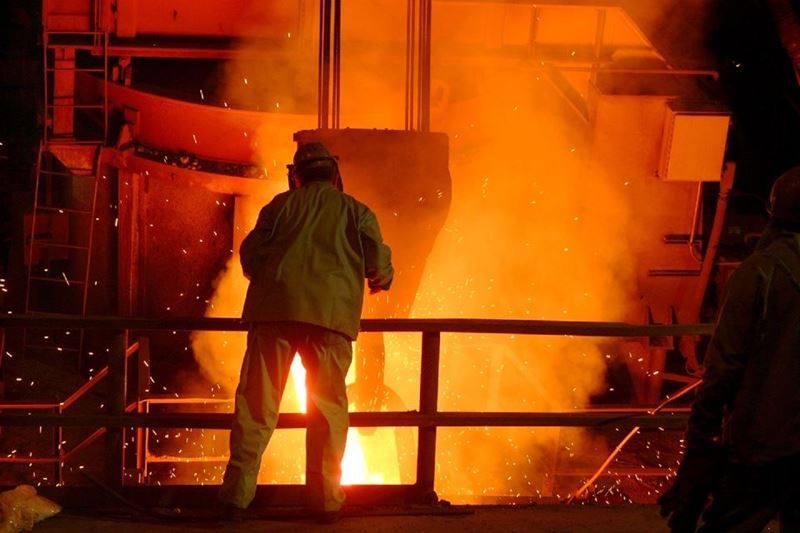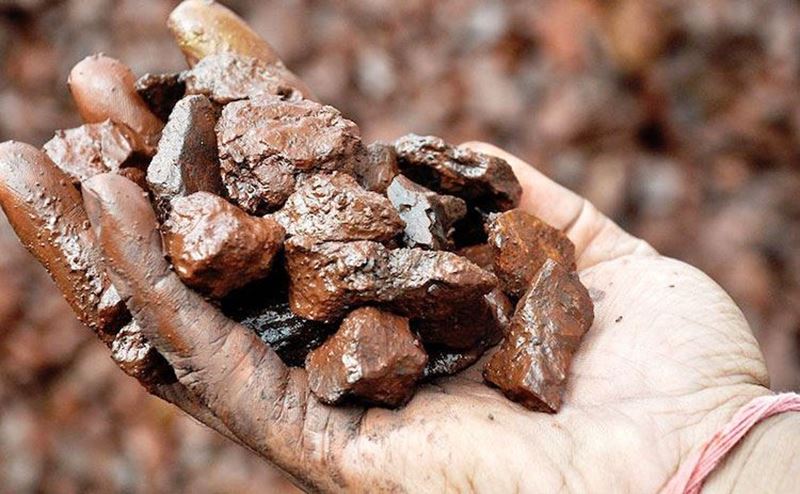The World Steel Association (worldsteel) released its Short-Term Outlook (SRO) update for 2024 and 2025.
Accordingly, global steel demand is forecast to fall by a further 0.9% to 1,751 Mt this year. After three years of decline, we expect to see a broad-based recovery in 2025 in the world excluding China. Global steel demand is projected to finally recover by 1.2% to 1,772 Mt in 2025.
Commenting on the outlook, Dr. Martin Theuringer, Director General of the German Steel Association and Chairman of the worldsteel Economics Committee, said: “2024 was a challenging year for global steel demand as the global manufacturing sector continued to grapple with persistent headwinds such as reduced household purchasing power, aggressive monetary tightening and heightened geopolitical uncertainty. Tight financing conditions and continued weakness in residential construction, driven by high costs, further contributed to the slowdown in demand for steel.
We are making significant downward revisions to our 2024 steel demand outlook for most major economies, including China, reflecting persistent weakness in production as well as continued global economic headwinds. We now project a significant decline in steel demand in China and most major advanced economies in 2024. In contrast, India is expected to maintain its strong momentum, with solid steel demand growth projected for both 2024 and 2025. Most other major emerging economies are expected to experience a rebound in steel demand in 2024, recovering from the slowdown in 2022-2023.
We are cautiously optimistic that global steel demand will enter a broad-based moderate growth phase in 2025, despite the ongoing challenges posed by factors such as the lingering effects of monetary tightening, higher costs, limited affordability and geopolitical uncertainties. The key determinants of the outlook for global steel demand in 2025-2026 will be the progress made in stabilizing China's real estate sector, the effectiveness of interest rate adjustments in stimulating private consumption and business investment, and the course of infrastructure spending dedicated to decarbonization and digital transformation in major global economies.”
The continued decline in the Chinese real estate sector is expected to dominate steel demand in China, resulting in a further decline of 3.0% in 2024 and 1.0% in 2025. We acknowledge an upside risk to our 2025 forecast. The likelihood of more significant government intervention and support for the real economy is increasing, which could support Chinese steel demand in 2025.
Steel demand in emerging economies excluding China is expected to grow by 3.5% in 2024 and 4.2% in 2025, supported by strong growth in India and recovery in other major emerging economies.
India has emerged as the strongest driver of steel demand growth since 2021, and this trend is expected to continue. We maintain our robust growth projections for India and forecast an 8.0% increase in steel demand in 2024 and 2025. This expansion is supported by growth across all steel consuming sectors, especially with continued strong growth in infrastructure investment.
Steel demand in other emerging economies of the world, such as the MENA and ASEAN regions, is expected to recover in 2024 after a significant slowdown in 2022-2023.
The developed world is projected to experience a 2.0% decline in steel demand in 2024, as major steel-using economies such as the US, Japan, Korea and Germany face significant downturns. However, there is optimism for 2025, with a projected growth of 1.9% in developed world steel demand. This expected rebound is being driven by a long-awaited increase in steel demand in the EU and modest recoveries in the US and Japan.
Using trends in the steel industry
Persistent weakness in global manufacturing activity. Our forecast for a sustained recovery in global manufacturing activity in 2024 did not occur. Instead, the sector experienced a downturn in the third quarter, diverging from the initial growth observed earlier in the year and the positive signals from leading indicators. We observed that an important contributor to the slowdown in production was the continued reluctance of households and businesses to invest in durable goods. Higher costs, economic uncertainty and tighter financing conditions created a “wait and see” attitude that delayed spending decisions. The lingering effects of inflation over the past three years have eroded the purchasing power of many middle- and low-income families and further reduced demand for manufactured goods.
Despite the current challenges, there are reasons for cautious optimism about a possible rebound in global output in 2025. The resilience of the global economy, the easing of financing conditions, pent-up demand and the increases in real income seen in major economies such as the eurozone and Japan should support a rebound in private consumption and investment and thus a recovery in global manufacturing activity in 2025.
Residential construction activity remained subdued in most major markets throughout 2024 and continued to impact steel demand, particularly in key regions such as China, the US, the EU, Japan and Korea. After a period of strong growth supported by historically low interest rates, residential activity fell sharply in most major economies in 2023 as central banks aggressively raised borrowing costs to combat rising inflation. This slowdown continued into 2024, impacting the construction sector and thus steel demand. A meaningful recovery in residential construction (in the EU, the US and Korea) is expected to start from 2025 onwards with the expected easing of financing conditions.
After an exceptional year of double-digit growth in major car-producing countries in 2023, the automotive sector is poised for a significant slowdown in 2024. Light vehicle production forecasts are revised downwards across the board due to rising inventories and growing concerns over slowing battery electric vehicle (BEV) sales in key markets. This change contrasts sharply with the previous year's strong performance, highlighting the industry's vulnerability to changing market dynamics and potential challenges ahead. We expect global light vehicle production to grow modestly in 2025.
Robust investment in production facilities and public infrastructure supported global steel demand throughout 2023 and into 2024. Major economies around the world continued to grow in these investment areas, sustaining the momentum from 2023. These strategic investments aim to boost productivity, spur job creation, accelerate climate change mitigation efforts and secure a leading position in the industries of the future. Rising construction costs, labor shortages and increasing fiscal debt could pose significant challenges for many major economies, potentially limiting further growth in these investment areas in the near term.
The green transformation of the world economy is one of the most important factors behind the strength in public infrastructure investment, as it requires an economic transformation of enormous scale and complexity. Demand for steel to expand global power grids is likely to double by the end of the decade to around 20 million tons per year, a significant increase from the current pace of 10 million tons per year. We estimate that expanding global renewable energy generation capacity and connecting it to demand centers will require an increase in steel demand of around 40 Mt by the end of the decade. This is likely to provide a significant boost to overall steel demand, both in large emerging economies such as China and India and in developed economies, particularly in Europe and North America.









Comments
No comment yet.